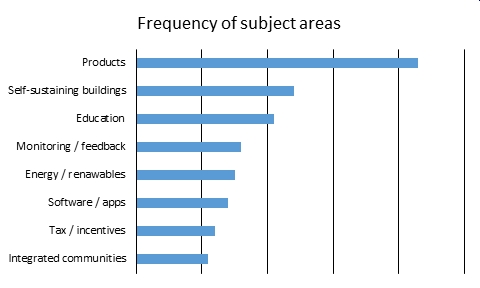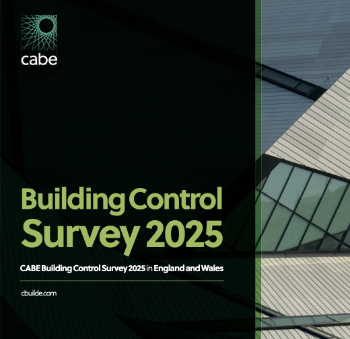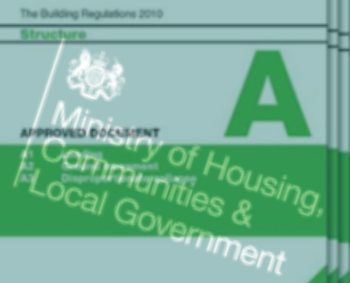Make buildings better winners
Radical proposal to prefabricate complex junctions rather than simple components wins BSRIA competition
On 20 April 2016, BSRIA and Designing Buildings Wiki launched the ‘Make Buildings Better’ competition, seeking ideas to improve the performance of buildings in use.
124 entries were received, proposing everything from networking groups of buildings to balance energy use, to running buildings on algae. The range of ideas submitted is illustrated below.
Despite the prevalence of innovative products among the entries, most participants didn’t actually think we need a raft of new solutions, but instead felt we should make better use of the ones we already have. Many existing buildings don’t even have double glazing or insulation.
Some of the most interesting ideas were about changing behaviour, with a general feeling that improvement will only come as a result of intervention, whether in the form of legislation, incentives, penalties, education or automatic controls.
The winning idea came from Tom Hughes, Director at architectural practice 2hD. Tom, who describes himself as an all-rounder, with a strong interest in technology, culture and community, has a PhD in the practice and theory of designing, building, and buying houses made of steel.

|
Tom proposed that build quality could be improved by prefabricating complex junctions, rather than prefabricating simple components as we do at the moment. These would be produced to length and delivered to site pre-insulated, air sealed and finished. On-site work would then just involve filling in the areas between the junctions with timber, steel or concrete as required. Find out more here |
Tom wrote, “This flips the current situation, in which the easy-to-produce components are made off site and the very difficult junctions are made on site, under less-than-ideal conditions. Our experience tells us that buildings leak air and let in water at the junctions, not in the middle of elements, so the quality control of factory production is being applied in just the wrong places.”
The runners up were:

|
Tamalee Basu, currently in the 4th year B.Arch programme in IIEST, Shibpur, India. She proposed that building management systems should progressively switch things off as design emissions limits are reached. Find out more here |

|
Jon-Scott Kohli studied environmental design at the University of British Columbia before moving to the UK. He is an associate at sports architecture and master planning practice Pattern Design. He proposed that buildings which emit carbon should be taxed, with the proceeds being paid out to buildings that are carbon negative. Find out more here |

|
Carl O'Connor works as a Building Design Engineer in Dublin and is about to undertake a Masters in Renewable Energy and Energy Management. He proposed the development of an app that gives a detailed breakdown of a buildings’ energy consumption, proposes ways of reducing energy use and allows remote control of devices. Find out more here |

|
Aris Kapsanakis is an engineer from Greece who lives in Hertfordshire and says “sometimes, I have some good ideas." He proposed that we make energy saving competitive at the community level - fantasy football style. Find out more here |
Gregor Harvie, Co-founder of Designing Buildings Wiki said, “It has been fascinating to see how radical many of the entries to the competition have been. People seem perfectly willing to contemplate the introduction of financial and behavioural pain and gain to force emission reductions through.”
Jayne Sunley, Knowledge Manager at BSRIA said, “We’re delighted with the variety and inventiveness of the entries submitted. Tom’s idea stood out as a genuinely practical and interesting way of tackling the performance deficit of buildings. So many problems occur at junctions, rather than within components themselves, it is an obvious place to focus attention”.
Featured articles and news
The 5 elements of seiri, seiton, seiso, seiketsu and shitsuke.
Shading for housing, a design guide
A look back at embedding a new culture of shading.
The Architectural Technology Awards
The AT Awards 2025 are open for entries!
ECA Blueprint for Electrification
The 'mosaic of interconnected challenges' and how to deliver the UK’s Transition to Clean Power.
Grenfell Tower Principal Contractor Award notice
Tower repair and maintenance contractor announced as demolition contractor.
Passivhaus social homes benefit from heat pump service
Sixteen new homes designed and built to achieve Passivhaus constructed in Dumfries & Galloway.
CABE Publishes Results of 2025 Building Control Survey
Concern over lack of understanding of how roles have changed since the introduction of the BSA 2022.
British Architectural Sculpture 1851-1951
A rich heritage of decorative and figurative sculpture. Book review.
A programme to tackle the lack of diversity.
Independent Building Control review panel
Five members of the newly established, Grenfell Tower Inquiry recommended, panel appointed.
Welsh Recharging Electrical Skills Charter progresses
ECA progressing on the ‘asks’ of the Recharging Electrical Skills Charter at the Senedd in Wales.
A brief history from 1890s to 2020s.
CIOB and CORBON combine forces
To elevate professional standards in Nigeria’s construction industry.
Amendment to the GB Energy Bill welcomed by ECA
Move prevents nationally-owned energy company from investing in solar panels produced by modern slavery.
Gregor Harvie argues that AI is state-sanctioned theft of IP.
Experimental AI housing target help for councils
Experimental AI could help councils meet housing targets by digitising records.
BSRIA Occupant Wellbeing survey BOW
Occupant satisfaction and wellbeing tool inc. physical environment, indoor facilities, functionality and accessibility.
























